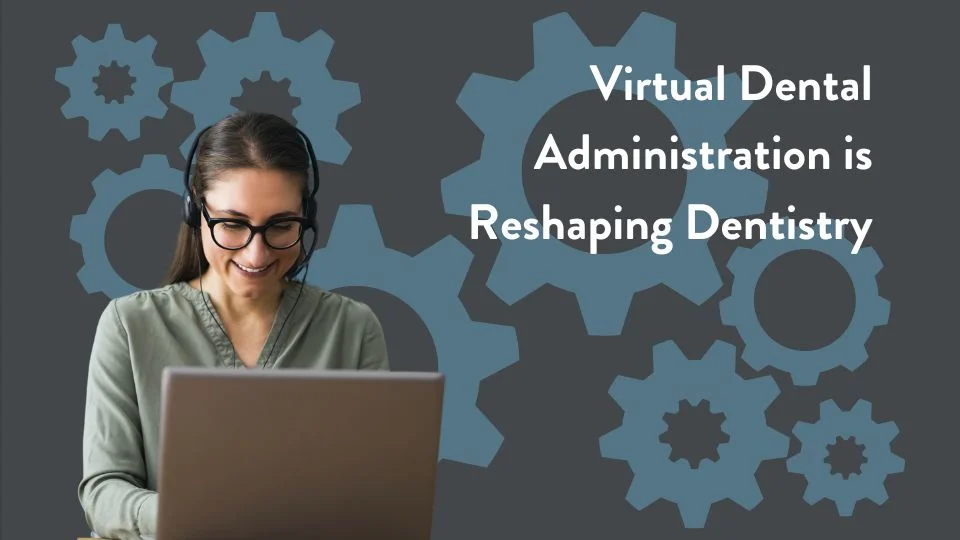The dental industry is undergoing a major transformation due to the rise of virtual dental administration. Virtual dental administration refers to the use of technology and virtual assistants to manage the administrative tasks and functions of a dental practice. This technology is helping streamline operations, improve patient experiences, and increase efficiency in the dental industry.
Streamlined Operations
Virtual administration technology automates many routine tasks such as appointment scheduling, billing, and patient records management. This not only saves time, but also reduces the risk of error and improves the accuracy of patient information. With virtual dental administration, administrators can focus on more important tasks such as patient communication and management, leading to a more efficient practice.
Improved Patient Experiences
Virtual administration also helps to improve the patient experience. Patients can easily schedule appointments, view their records, and receive updates and reminders through a secure online portal. Not only is this more convenient for patients, but improves accuracy and speed of communication between patients and the practice.
Increased Flexibility
Virtual administration technology is accessible from anywhere with an internet connection. This makes it possible for administrators to work remotely and provide increased flexibility. Which can help administrators balance work, personal life, and reduce stress. Ultimately, leading to better performance and job satisfaction.
Cost-Effective Solution
Virtual administration is a cost-effective solution for dental practices of all sizes. Without the need for additional office space or equipment, virtual administration technology can help save money on overhead costs.
Virtual dental administration is reshaping the dental industry by streamlining operations, improving patient experiences, increasing flexibility, and providing a cost-effective solution. As technology continues to advance, it is expected that virtual dental administration will become an increasingly important tool for dental practices. By embracing this technology, dental practices can stay ahead of the curve and provide their patients with the best possible care.



